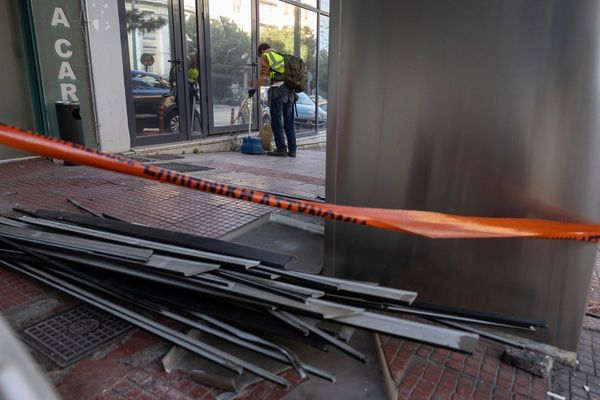
Inspired by Kate Molleson’s book of the same name, Sound Within Sound is the Southbank Centre’s latest mini-festival, four days of concerts devoted to composers who “pushed the boundaries of sound” and who have been bypassed by the main currents of 20th-century music. The names of many of those included are likely to be unfamiliar to all but the most assiduous concertgoers; they might know of Galina Ustvolskaya, Ruth Crawford Seeger and Éliane Radigue, whose music does crop up in concert programmes, but few will have heard anything by the Ethiopian Emahoy Tsegué-Maryam Guèbrou, or José Maceda from the Philippines, or by Julián Carrillo, whose works were featured in an all-Mexican programme from the London Sinfonietta, conducted by Geoffrey Paterson.
Born in 1875, Carrillo was a conductor as well as a composer, who in the 1920s developed his own answer to Schoenberg’s 12-note method, which he called the “13th Sound”. The future of music, he thought, lay in microtones, and to perform his works he commissioned instruments that could play quarter- eighth- and even 16th-tones. The Sinfonietta played three of his pieces, two of them movements from string quartets. One of those, the Cuarteto Atonal a Debussy, avoids microtones, and instead takes textures and gestures from Debussy’s only quartet into much denser, harmonically conflicted territory. But the other, Cuarteto en 1/4 Tono, does what it says on the label and uses quarter-tones to inflect its otherwise conventional melodic lines.
But neither in this quartet, nor in the other Carrillo work in the programme, the Preludio a Colón, did the quarter-tones register “vertically”. There was no sense of their creating meaningful microtonal harmony of the kind you might find now in spectralist music, for instance; the effect seemed mostly cosmetic. The Preludio was nevertheless a beautiful discovery, with its wordless soprano melismas (delivered with limpid poise by Juliet Fraser) hovering over gently churning textures from flute, string quartet and one of Carrillo’s bespoke instruments, the microtonal harp, played by Ernestine Stoop, which is capable of gradations of 1/16th of a tone.
Paterson had launched the concert with something completely different, an exhilarating performance of Homenaje a Federico García Lorca, by Carrillo’s younger contemporary Silvestre Revueltas, three movements that veer between solemn elegy and the manic chattering of a Mexican village band running amok. Its energy was irresistible; why we don’t hear more of Revueltas’s always arresting music is mystifying.







